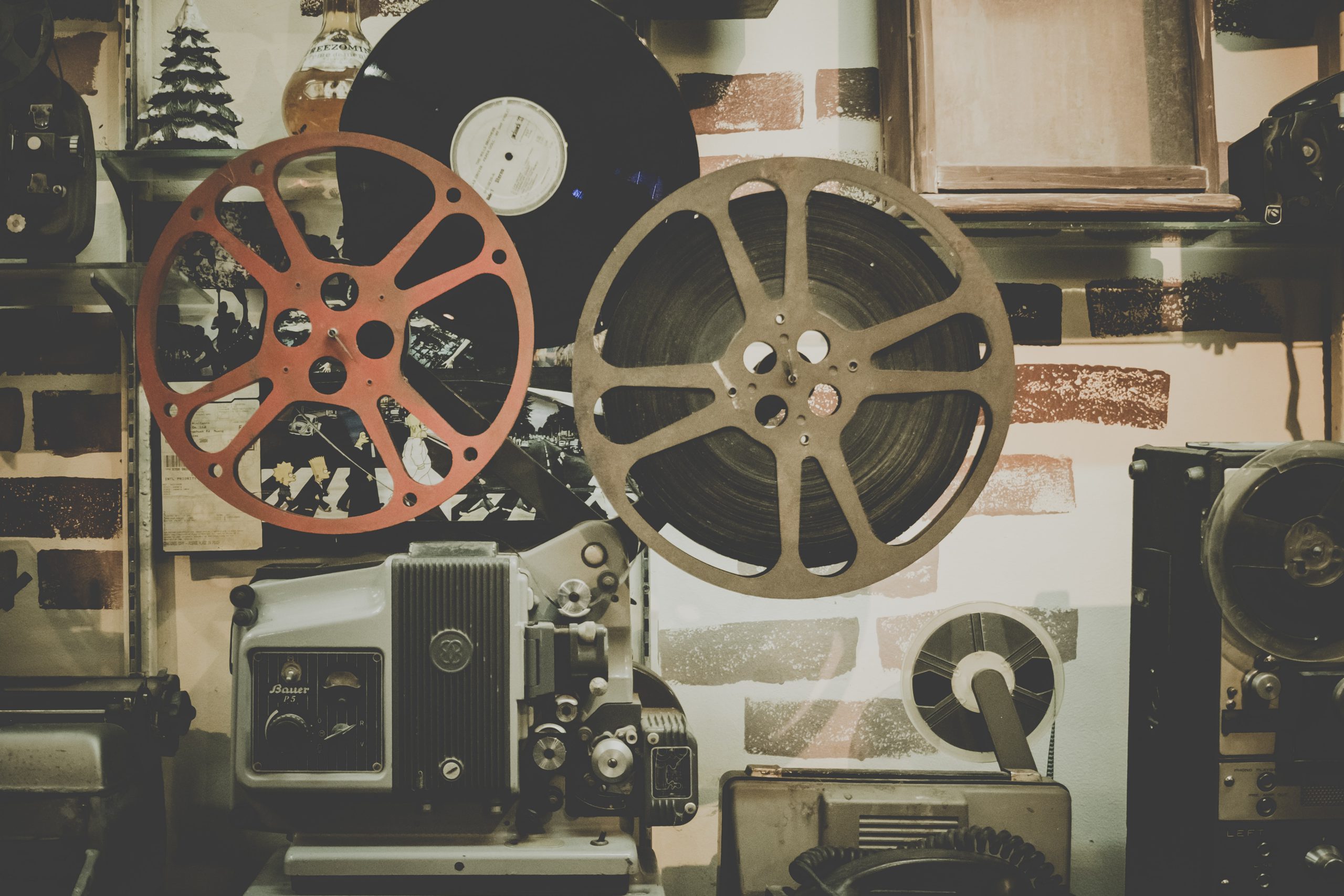Is it just me? Or do other people notice the same thing? Whenever I head to the theaters, it appears the audience sizes are dwindling, with more and more empty space between the rows. Well, that is, for certain films, at least.
The movie business has had its fair share of ups and downs over the last two years, and starting in March 2020, theaters got a big slap in the face due to the COVID-19 pandemic.
For months, their primary source of income remained safely tucked inside, encouraged to stay away. These people (myself included) resorted to streaming services and digital rentals. Audiences didn’t need to venture out to watch new content – everything was accessible with the lift of a finger. Although this was nothing new, this became the primary way to watch a new release. Those theatrically distributed tent-pole studio films either got delayed or transferred to a direct-to-video (DOV) release, including Cary Joji Fukunaga’s No Time To Die (2021), David Gordon Green’s Halloween Kills (2021), and Jason Reitman’s Ghostbusters: Afterlife (2021).
Even before the COVID-19 pandemic, audience sizes were shrinking.
I remember catching a screening of Sam Mendes’ 1917 (2017) – it was practically empty on a weekend night. After the first wave, Christopher Nolan’s Tenet (2020) was marketed as the savior of cinemas. It was released during the tail end of the first wave, just before the second batch of lockdowns in August 2020. I attended one of the screenings – it was empty. On a larger scale, the movie massively underperformed at the box office. Although it was a fine picture, Tenet did not bring an onslaught of eager audience members to the theater.
At that very moment, I was convinced theaters were close to reaching their death.
Thankfully, I was wrong. Now in 2023, things have changed. It appears (for now) that some theatrically released movies can still capture the cultural zeitgeist, especially with a picture like Joseph Kosinski’s Top Gun: Maverick (2022).
Most recently, I went to see Ruben Östlund’s Triangle of Sadness (2022), Darren Aronofsky’s The Whale (2022), and Damien Chazelle’s Babylon (2022) – the seats were scarcely filled. On the opening night of David Cronenberg’s Crimes of the Future (2022), three other people sat in the theater (and one guy was asleep toward the end). Even on the opening night of the newest rendition of Green’s cash-cow Halloween franchise, Halloween Ends (2022) — yes, I know — the theater was only half-filled.
Jump back four years ago, and the theater was packed on a Tuesday night for Green’s first installment of the reboot, Halloween (2018). Despite this, I still doubt movie-going will die completely. Theaters get the occasional storm of fans flocking for the next superhero flick. Seats will be filled for franchise films or the occasional horror movie which has audiences jumping on the edges of their seats. A screening of Parker Finn’s Smile (2022) was packed with a crowd of noisy teenagers ready to yell at the screen.
However, I see a larger gap developing — a greater divide between the commercially successful and unsuccessful. I could see movie theaters becoming a place for only franchise projects, with the occasional Oscar-batty flick. Any smaller projects in-between will go directly to a streaming service. Or, have a limited theatrical run before jumping onto a streaming service.
For instance, Netflix has seemed to nail this business model with their mid-budget contenders for film festivals and the Oscars. Most recently, Andrew Dominik’s Blonde (2022) had a limited theatrical run before jumping onto Netflix. The same was with Martin Scorsese’s The Irishman (2019) and newly released projects like Noah Baumbach’s White Noise (2022) and Alejandro González Iñárritu’s Bardo, False Chronicle of a Handful of Truths (2022).
With things back to normal, movies seem more alive and well than they did in 2020. James Cameron’s Avatar: Way of the Water (2022) made over two billion dollars, making it the highest grossing movie of 2022, until recently being knocked from the top spot by M. Night Shyamalan’s Knock At The Cabin (2023) and Kyle Marvin’s 80 For Brady (2023). But, more changes are to come within the film business. For anything lower to mid-budget, I sense more and more projects will have direct releases on streaming services or video-on-demand (SVODs).
How do I feel about this situation?
I prefer the theatrical experience. There’s nothing like heading to the theater and watching something on the big screen. Although people can’t put away their phones for a damn minute, you occasionally get the right audience in the right movie. It’s just you and a crowd of strangers transported and wrapped in a fictitious story – that feeling remains the pinnacle for watching a movie.
I have my biases, just like everyone else. I’m not a big superhero fan, as I’m tired of the same genre tropes rehashed repeatedly. I’d prefer if we could see more movies, regardless of their content or projections for commercial viability, to get a theatrical run. However, reality is reality, and things are in a state of change.



Very interesting observations. The ritual of going to the movies has a level of anticipation and is family , friend, and dating ritual orientated. An outing, preceded by coffee and conversation or dinner first. Its a wonderful way to socialize